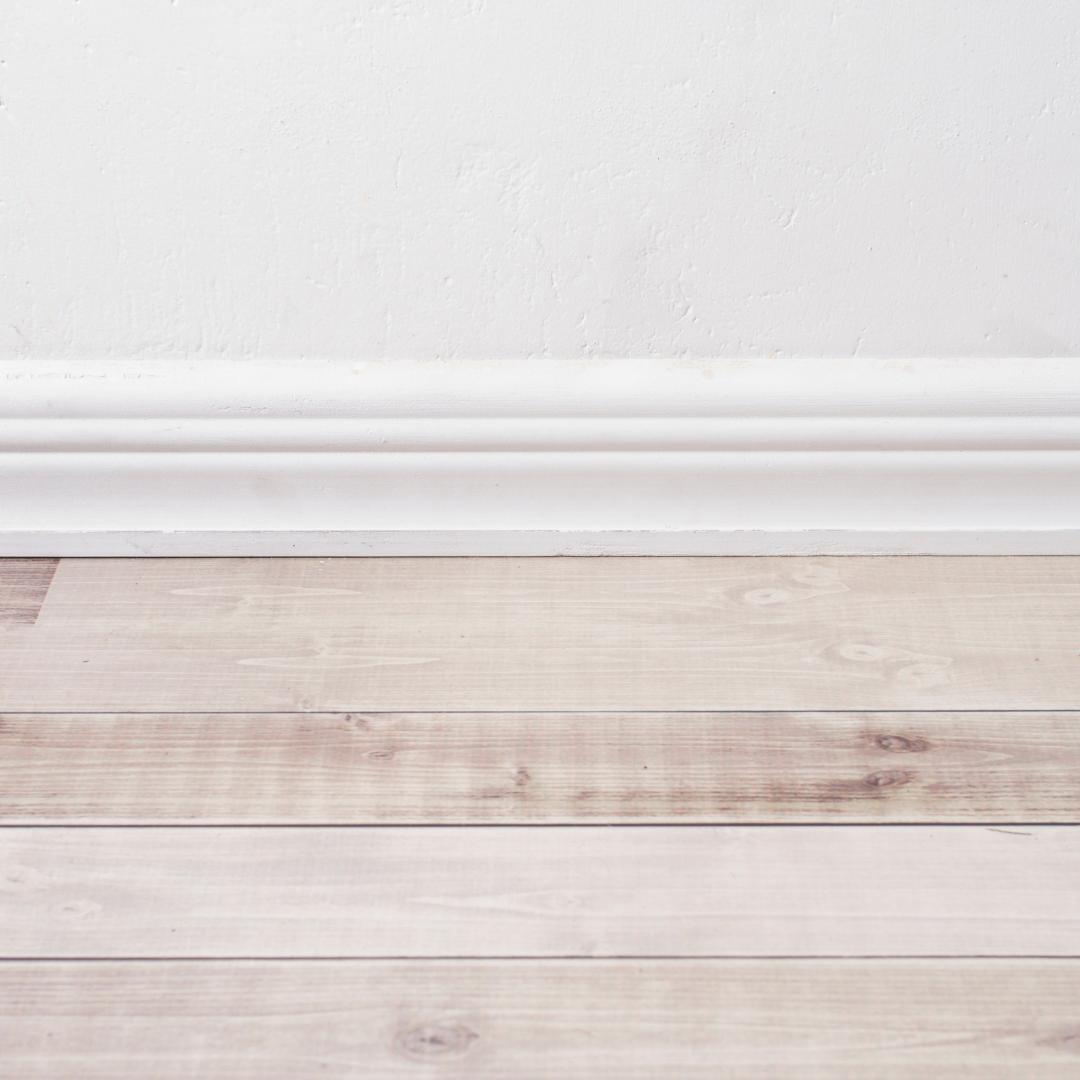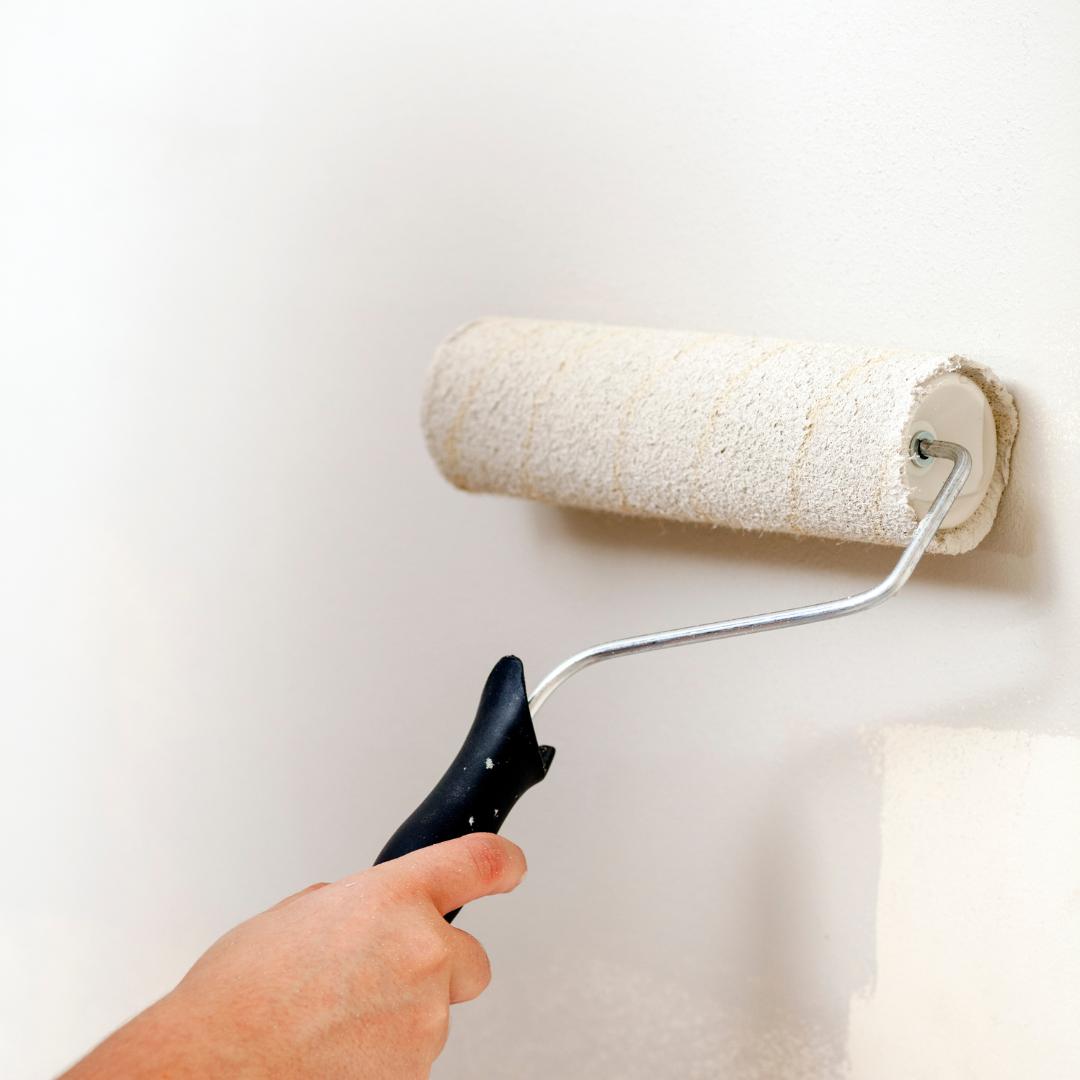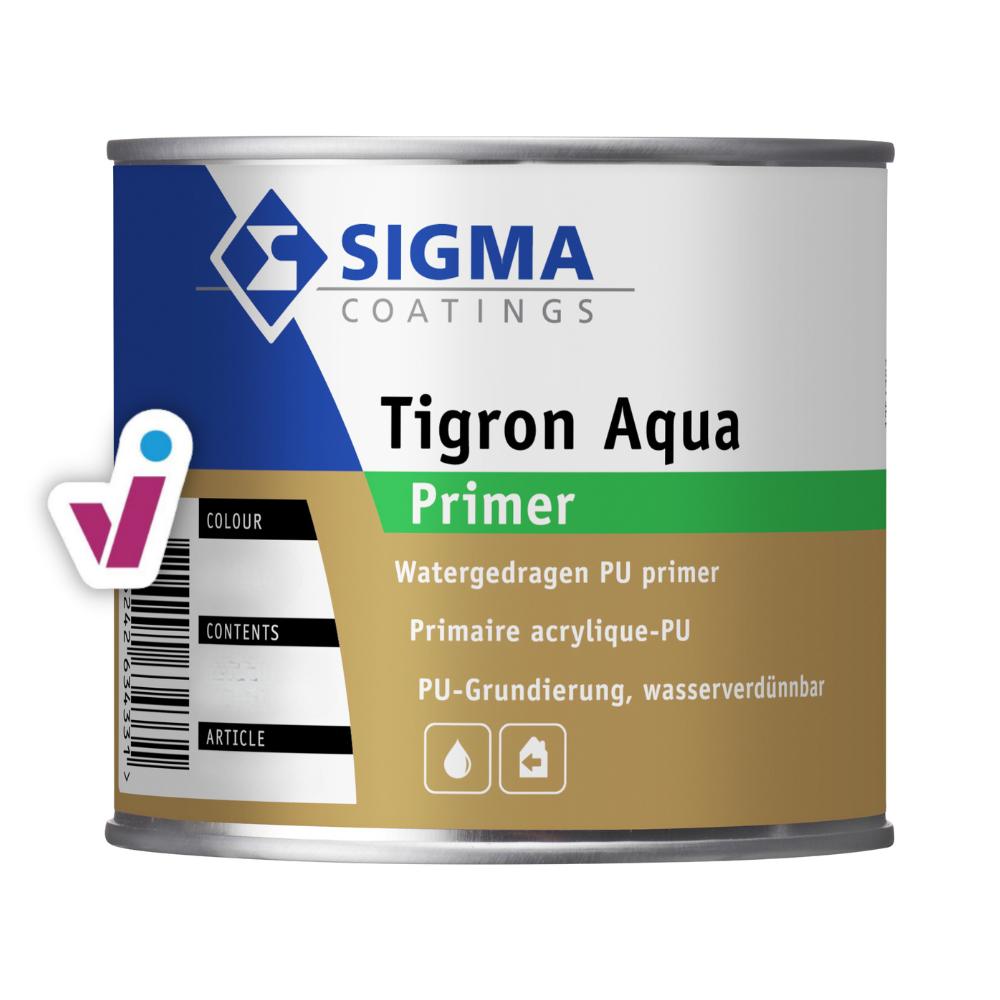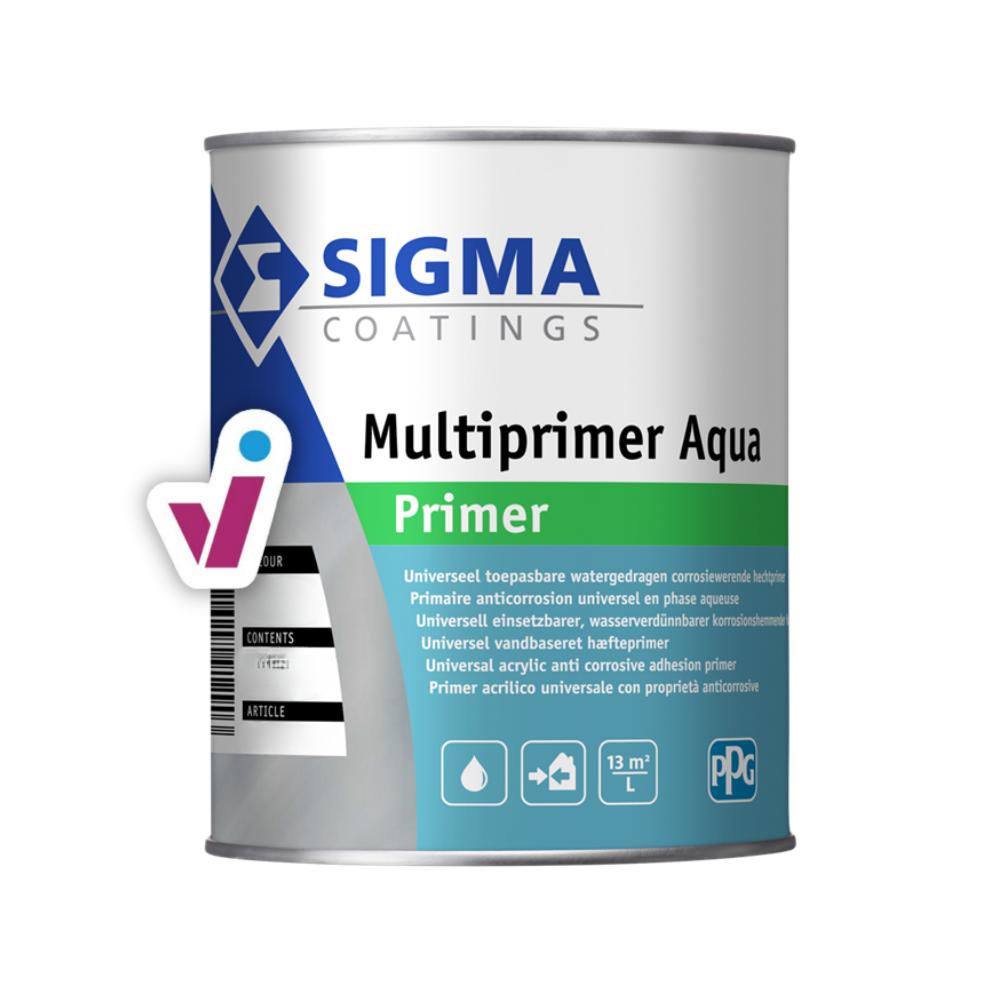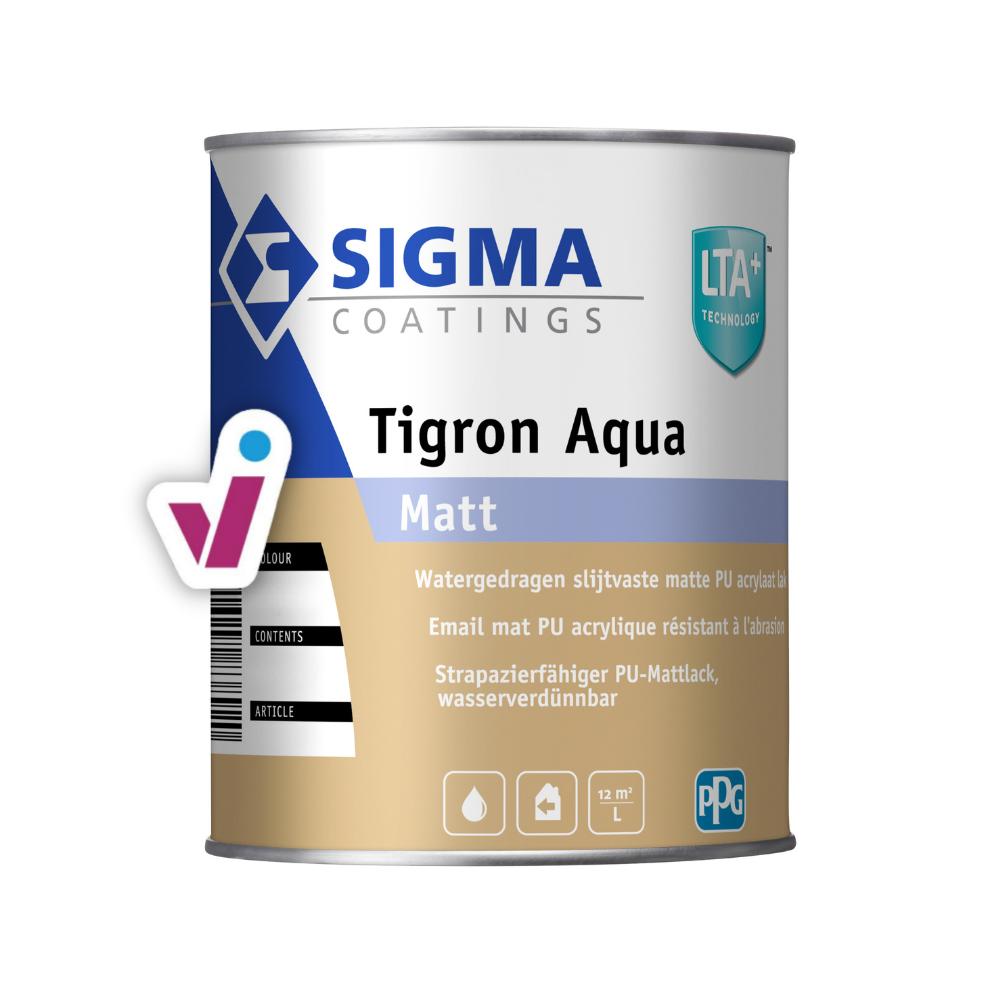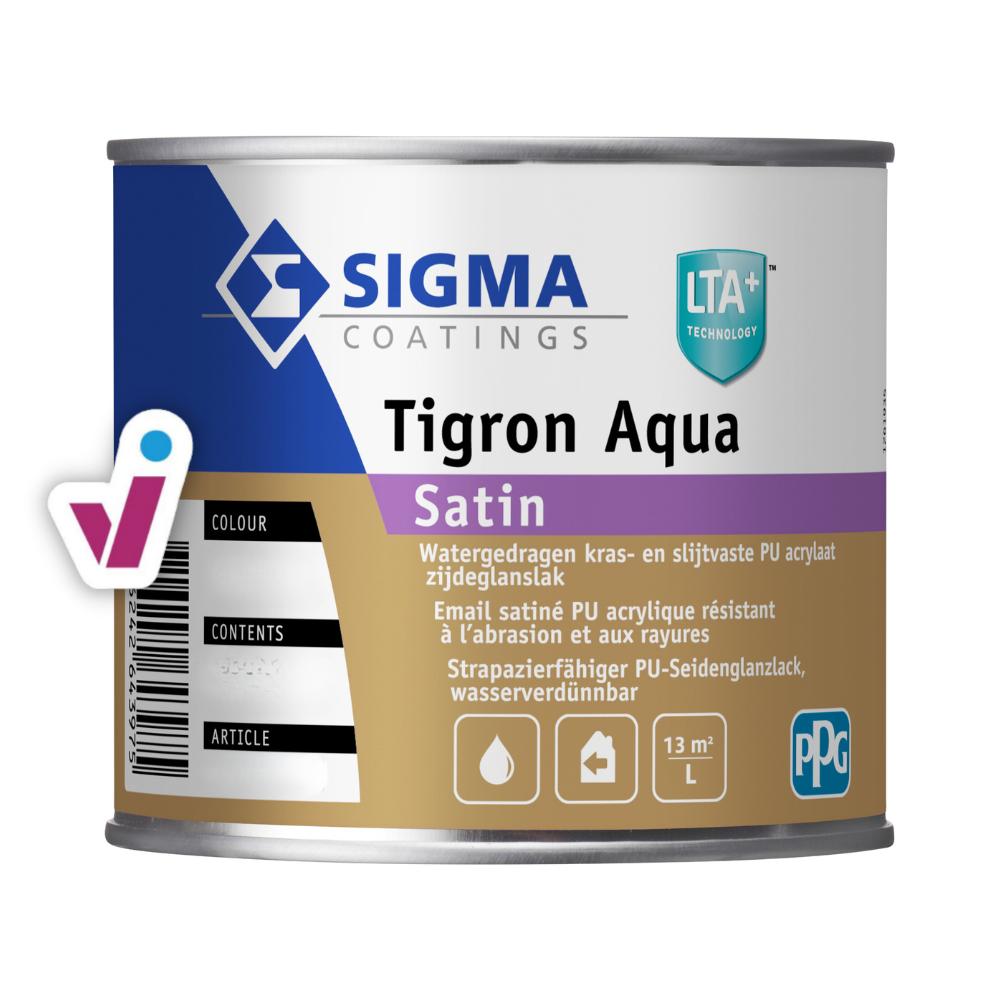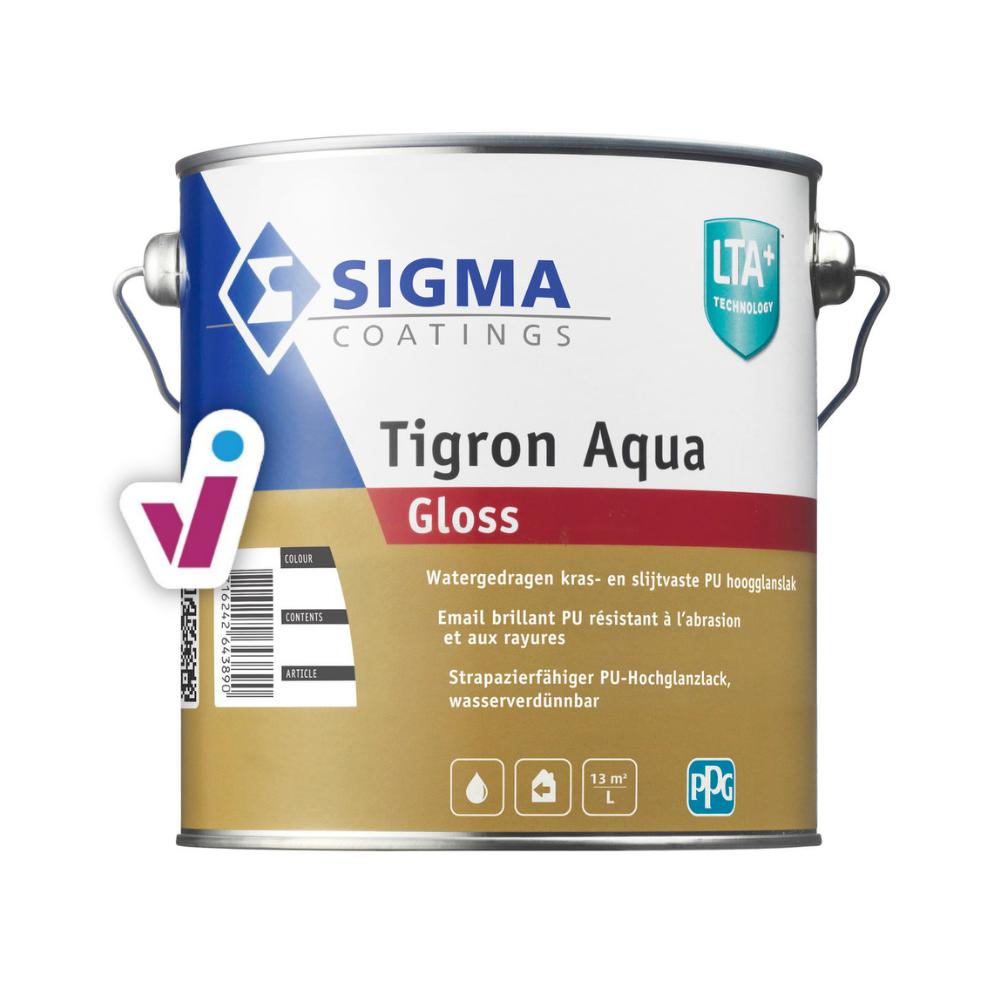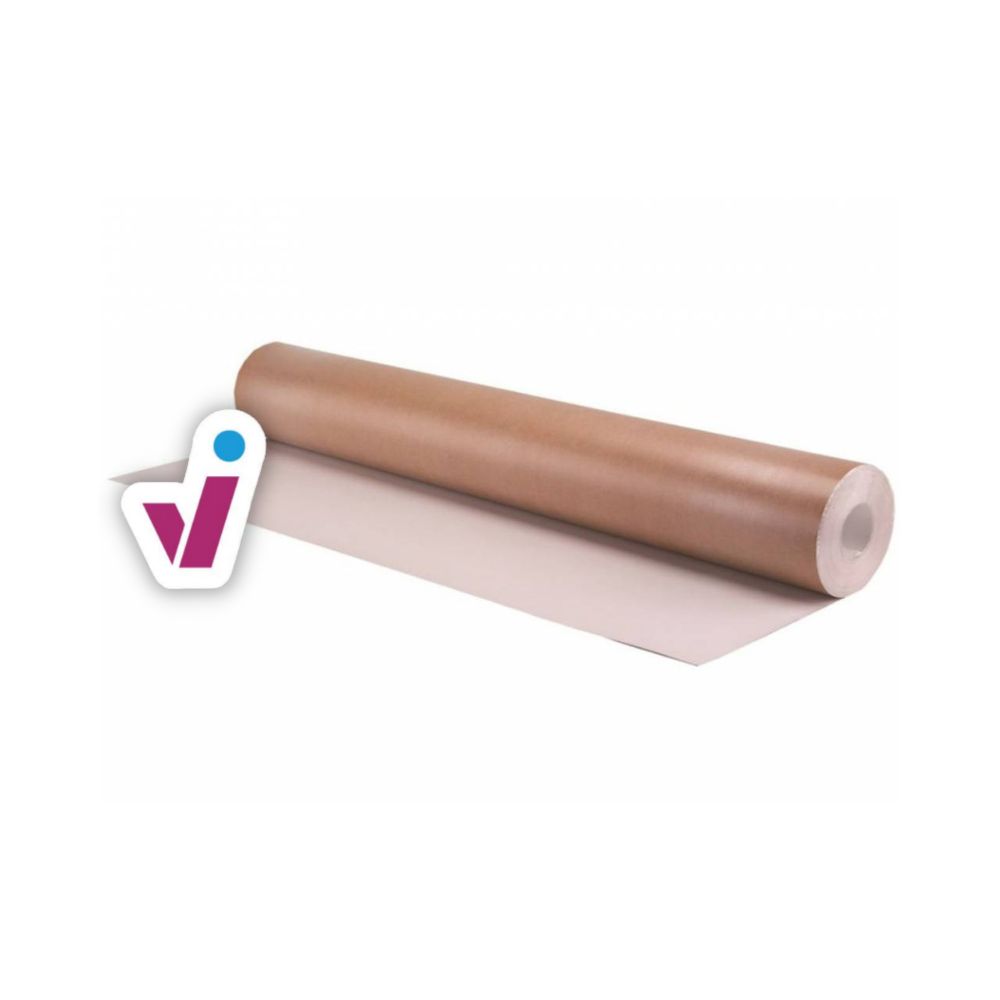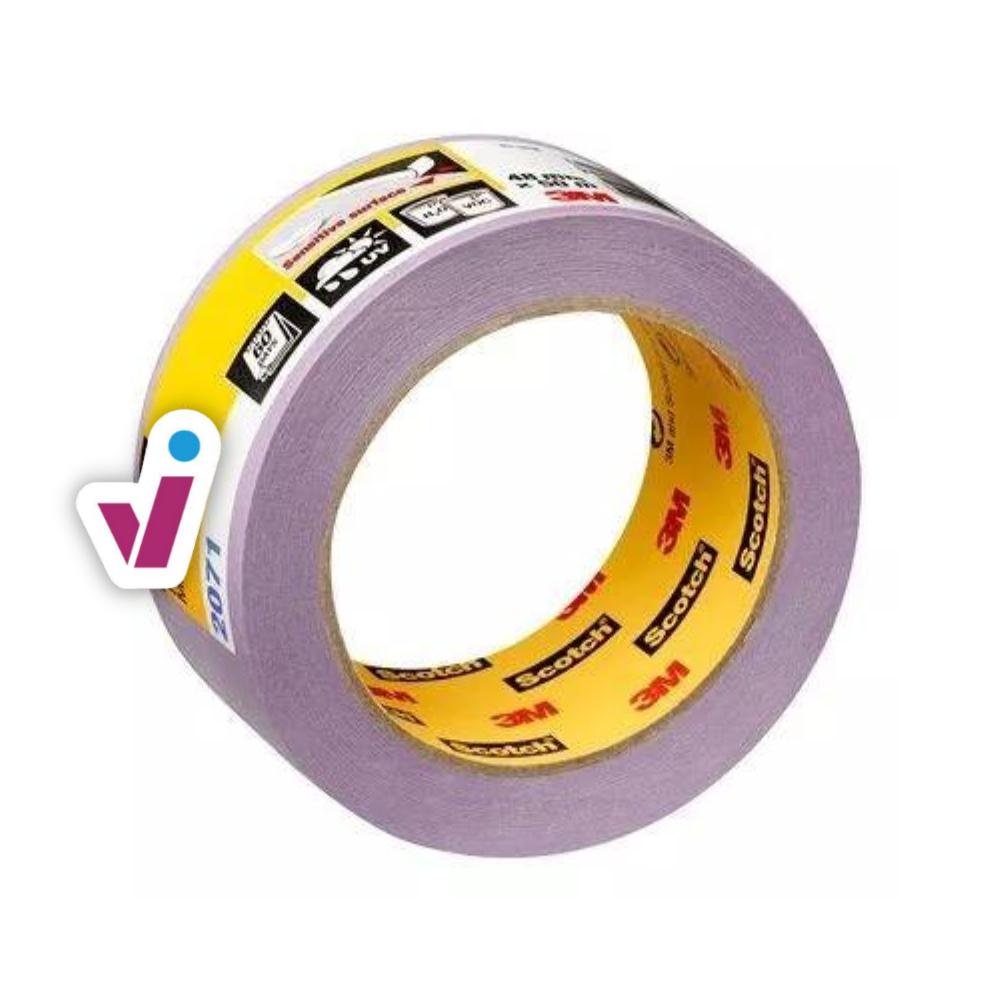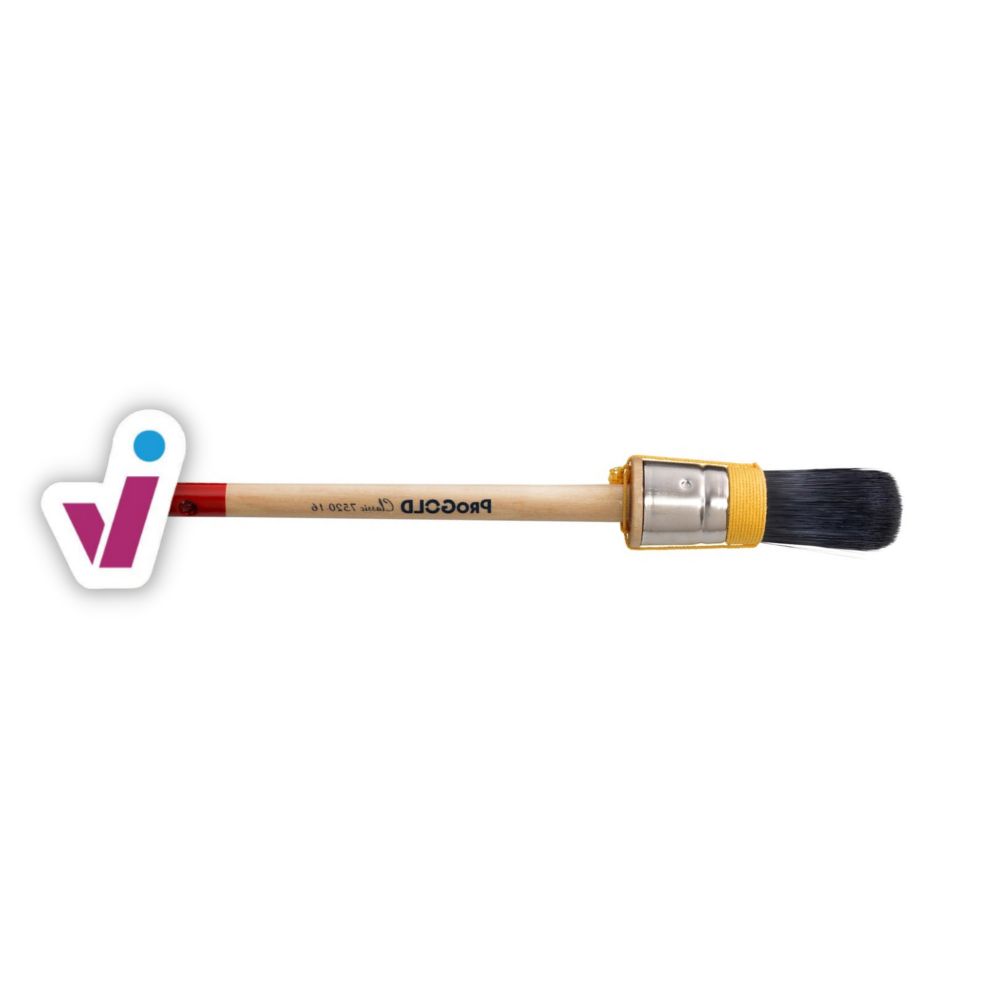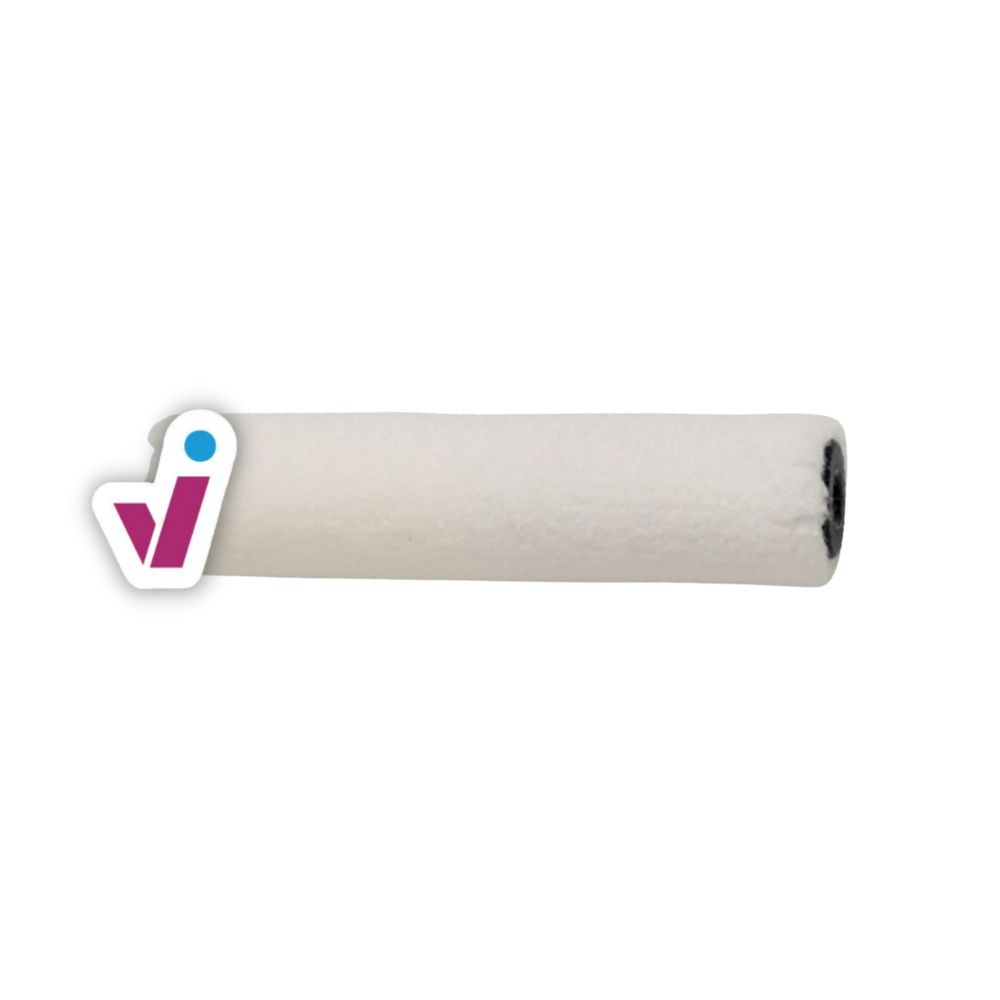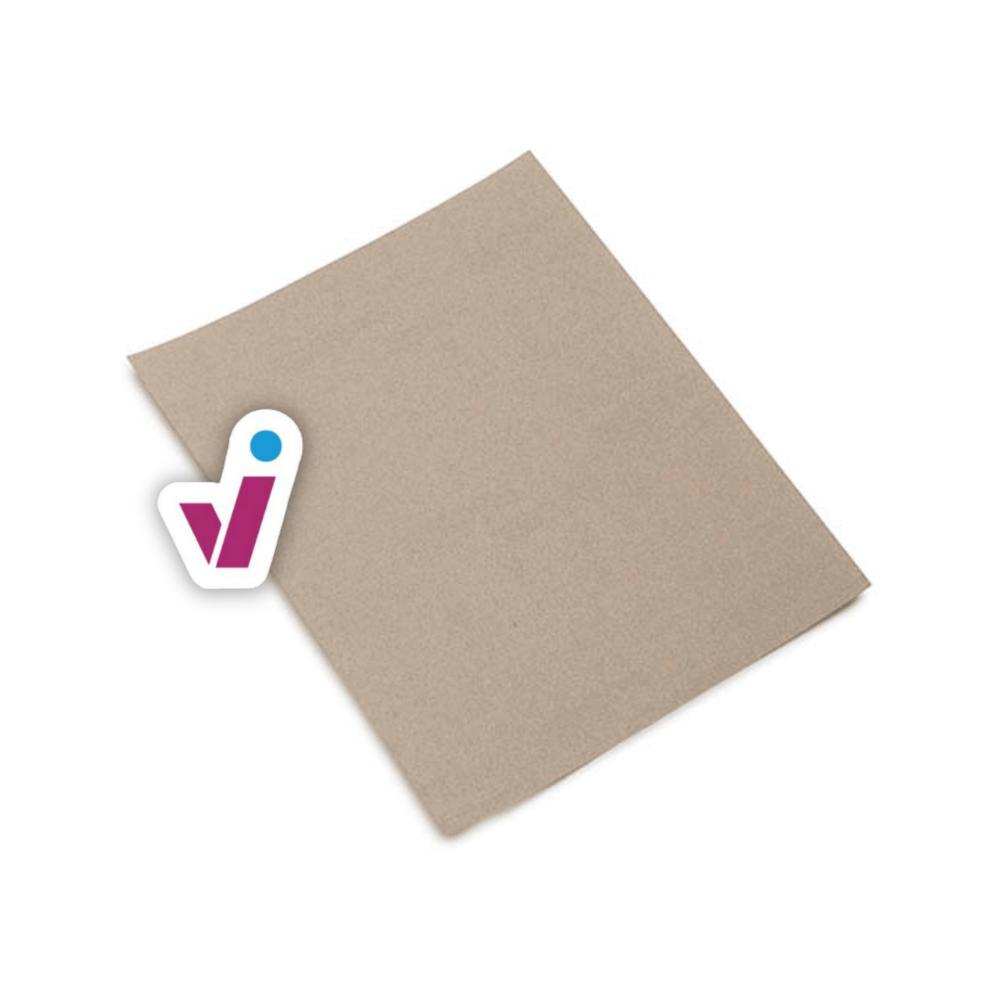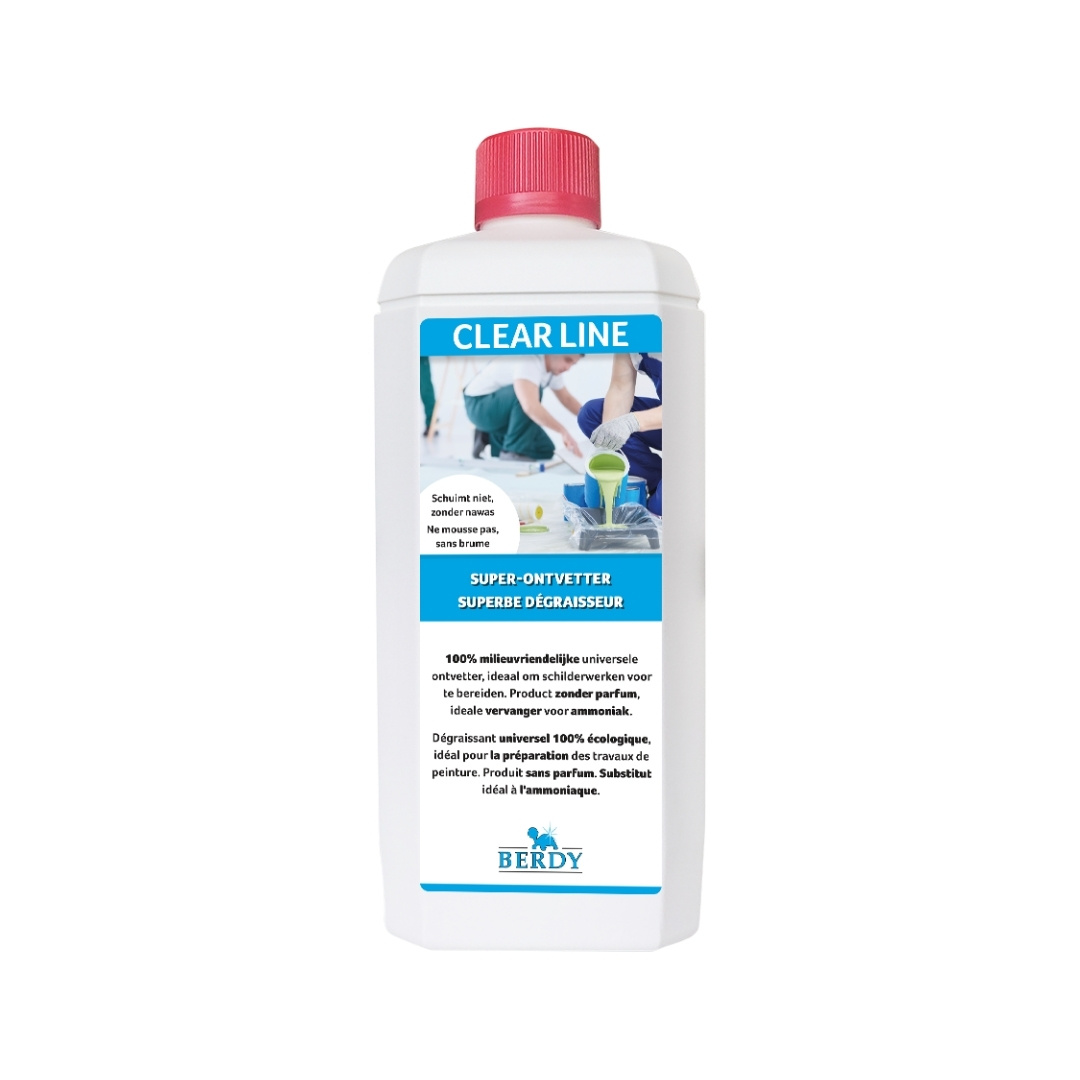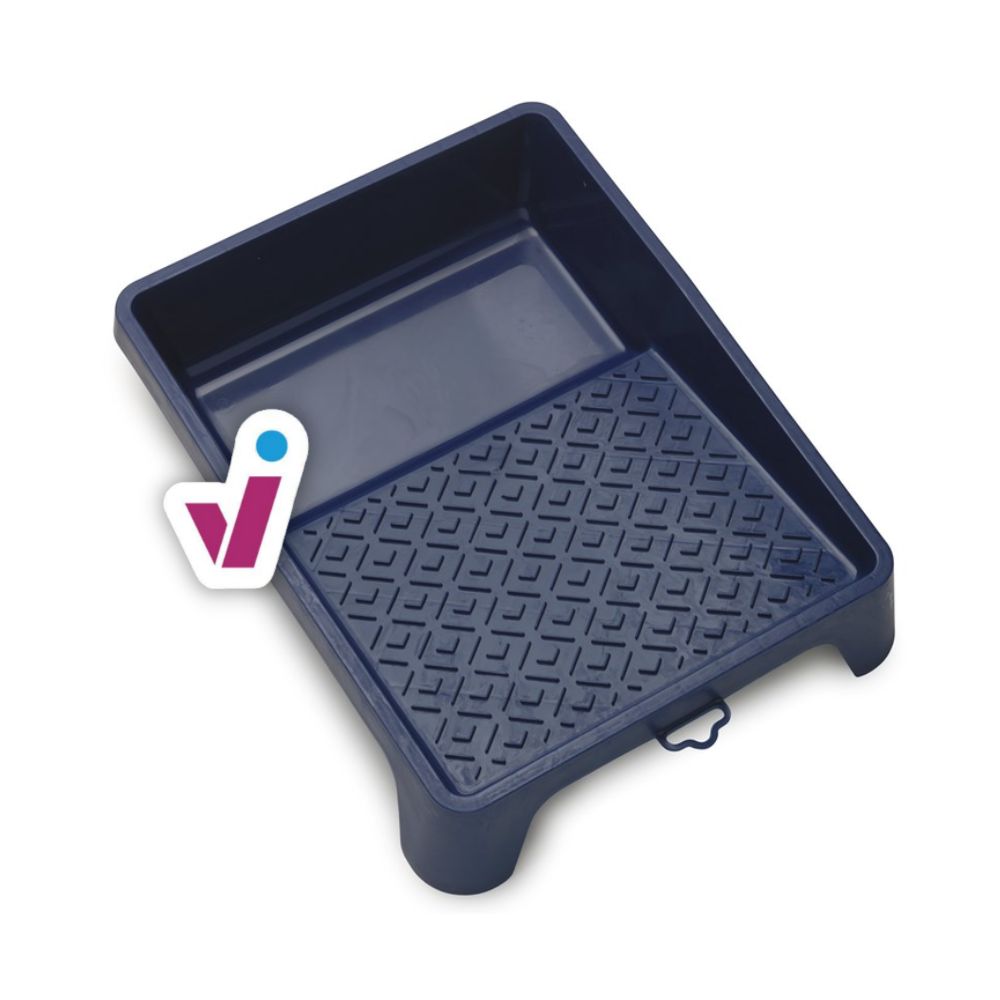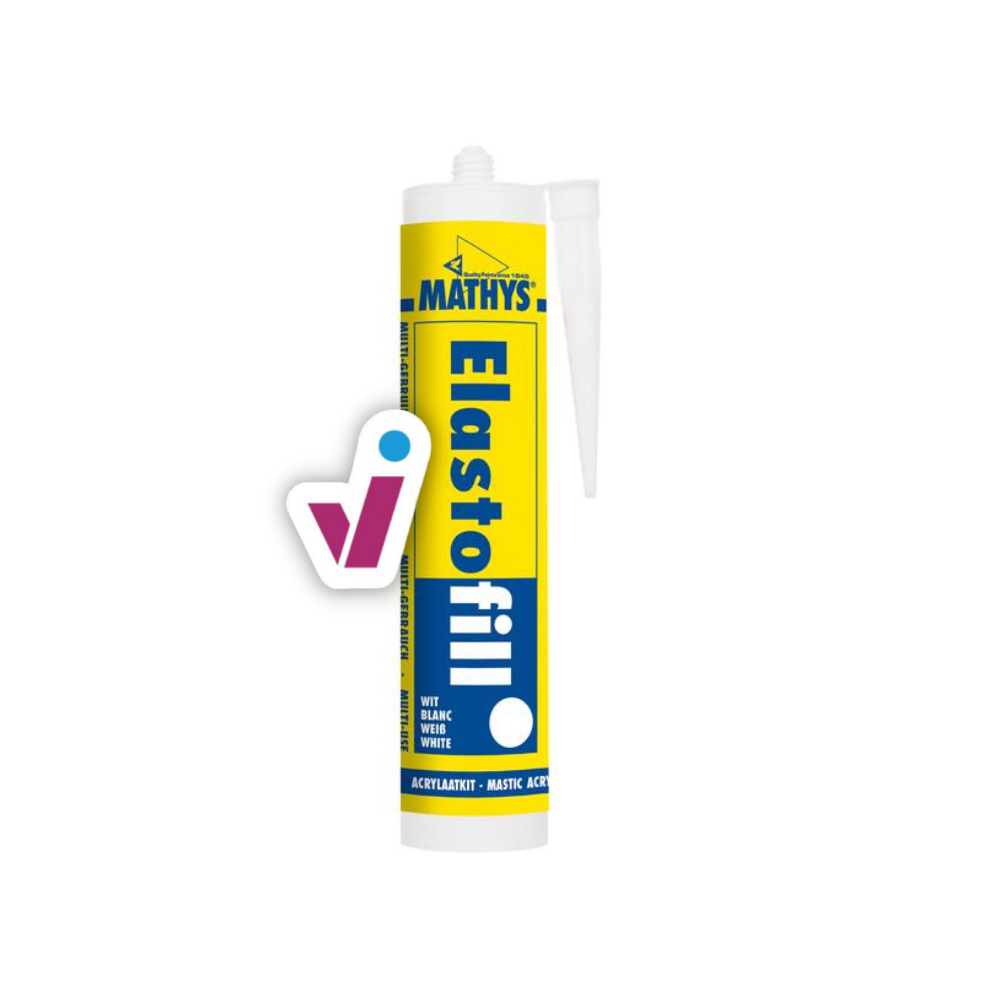Step 1: prepare well
- Remove dust and degrease the skirting board
- Use cardboard to protect the floor
- Tape off the wall neatly
- Fill up damages if necessary and sand
Skirting boards tend to catch a lot of dust. So, your first job will probably be to remove that. It would be best if you did this before starting to tape off the walls because you don't want dust sticking onto the tape. The dust on the skirting board could prevent the masking tape from adhering to they wall properly and paint might flow underneath.
While you're at your cleaning duties, it's a good time to clean and degrease the skirting boards as well. Whatever material your skirting boards are made of, a specialised degreaser will do a great job.
Speaking of cleaning... Skirting boards aren't large surfaces. Therefore, it's easy to mess on the floor or the walls. Cleaning up a mess is obviously not something we want to do during our paint job, so it's best to avoid this.
How? Easy: by covering the floor with cardboard protection, and taping off the wall with masking tape. Adding a line of tape on the floor, underneath the cardboard, is also a clever idea.
If there are any damages such as cracks or holes you wish to repair, now's a good time to do so. You can use a wood filler or a fine multipurpose filler. Optionally, if there's an open seam between the wall and the skirting board, you could also use kit to seal that.
Regardless of any repairs, the next and final preparation step is to sand the skirting boards. When you need to remove old paint or noticeable unevenesses, you'll need sanding paper with a more coarse grit (e.g. 180). When you just want to smoothen out the surface, sanding paper with a fine grit (e.g. 240) will do.
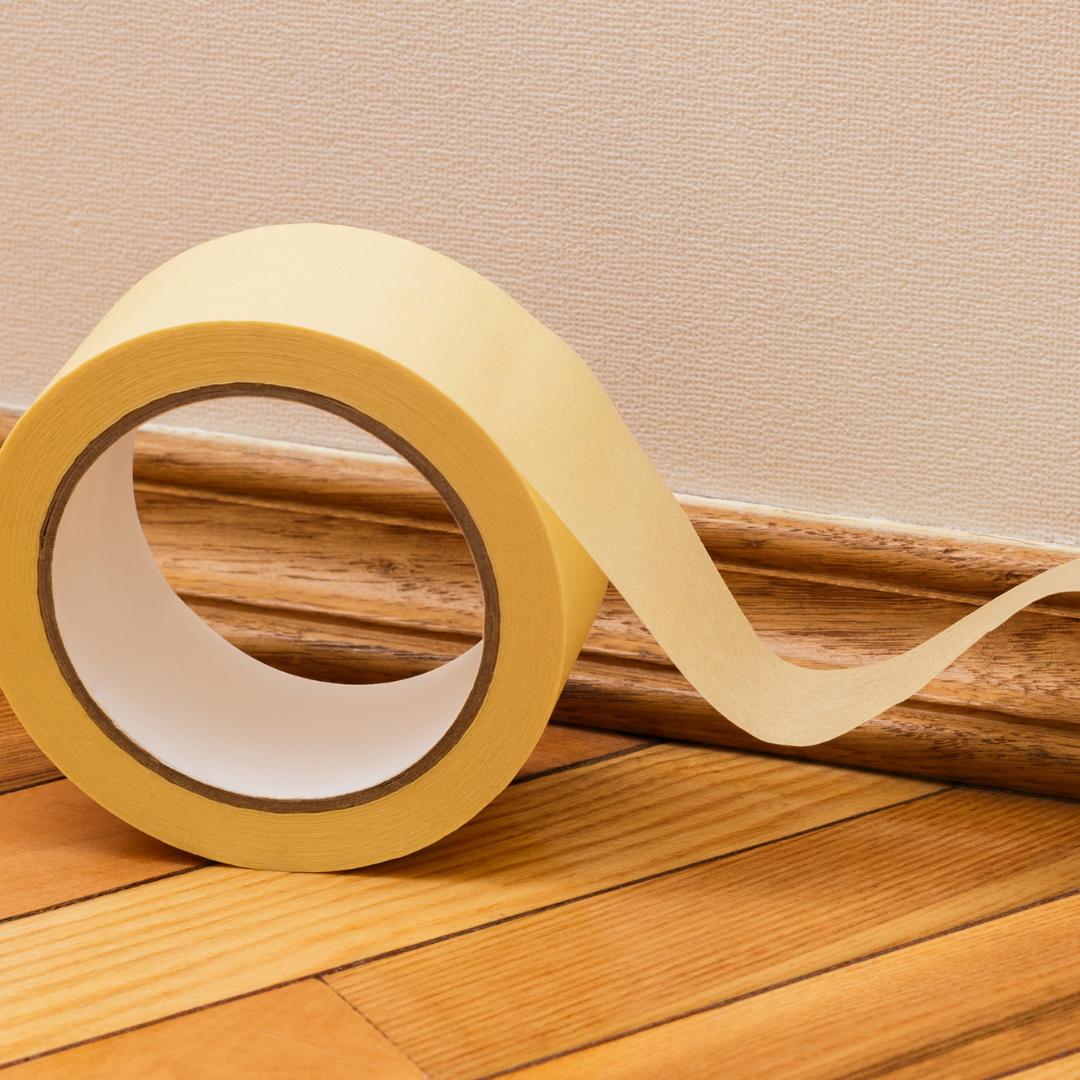
Step 2: apply primer
- Use the proper primer
- Apply paint with a brush along the edges
- Use a narrow paint roller to roll out
First, let's have a look at the material your skirting boards are made of, and what condition they're in. Are they made of wood, or covered with a layer of plastic? Are they already painted, or new? By determining what you'll be painting exactly, you can choose the appropriate primer.
For unpainted skirting boards made of wood or MDF, you'll be using a regular water-based wood primer. For plastic, or any other surface than wood, it's best to use a water-based multiprimer, as that will increase adhesion. For anything that is already painted - if the paint layer is still in good shape - you may skip the primer part.
One coat of primer is sufficient in most cases, whether you're using a wood primer or a multiprimer. You apply the paint with a brush along the edges first, then continue to roll out the paint with a small felt roller horizontally, across the length of the skirting board.
We don't recommend using wall paint. Want to know why, then continue reading down this page.
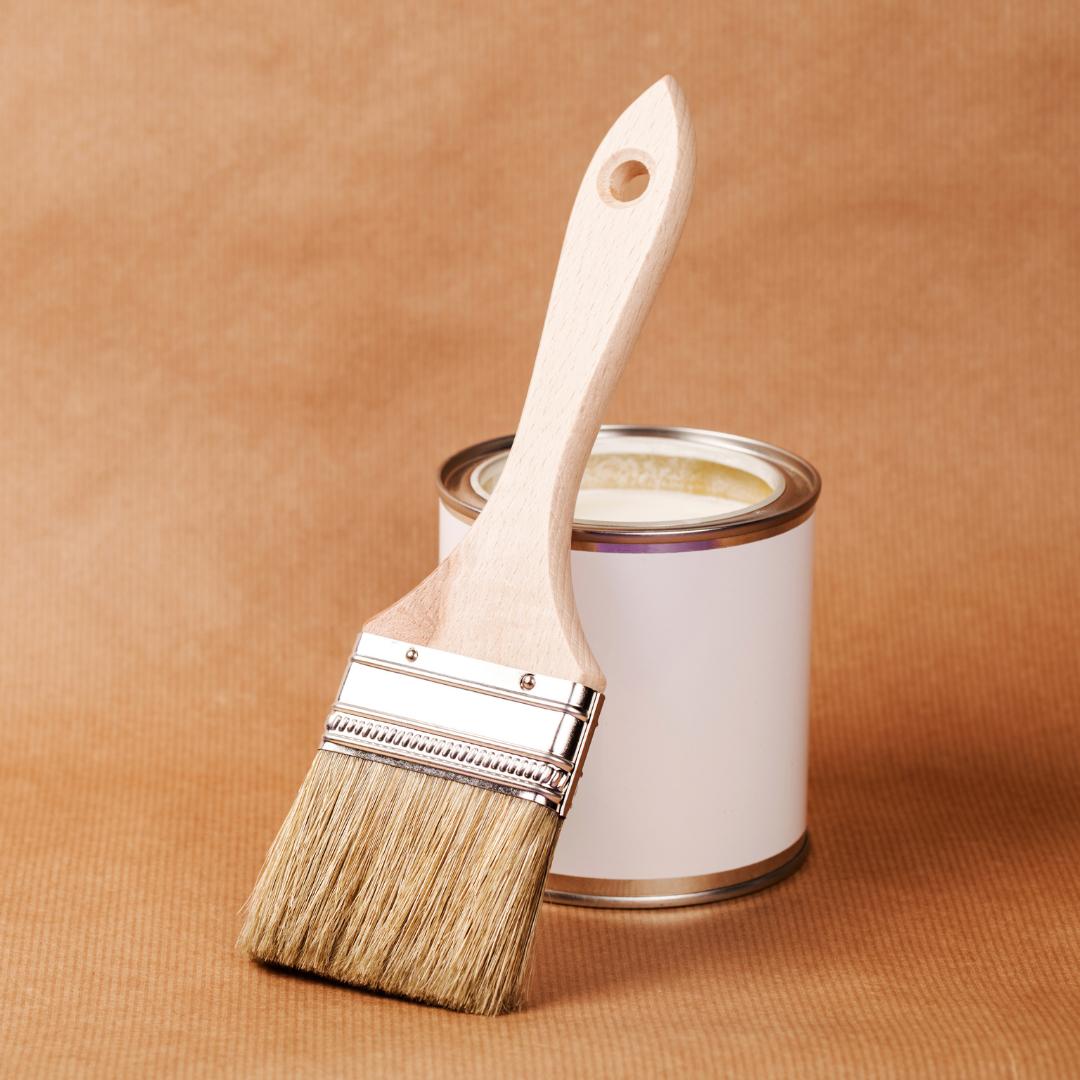
Step 3: paint the skirting boards
- Decide on the look you want
- Apply one coat of lacquer
- Remove the tape from the walls
When you've finished applying the primer, and the right amount of drying time has passed, you can go on to the next step: painting with lacquer.
Regardless if you've used a wood primer or a multiprimer in the previous step, you can now top off with one coat of any water-based lacquer. Why you shouldn't use wall paint, you can read below.
There are different gloss levels to choose from. Matt can be your go-to finish if you've used a matte wall paint and want your skirting boards to blend in seamlessly. If you're feeling a little extravagant, you might consider a gloss finish. Bonus points for gloss for it's high scratch resistance, by the way. And a satin finish, if you wand to land somewhere in between a subtle look and anti-scratch properties.
As for the colour, there are also roughly three options. First, you could go for (standard or non-standard) white. This is mostly done when the door and window frames are also white. Second, you could match the colour of the skirting boards to the colour of the walls, again to make them blend in. Or, finally, you can match them to the floor's colour. A colour fan is a handy tool to do so. And perhaps there's a fourth choice: just give them any colour you like 😊
💡 Tip: you can order your primer in the same colour as your lacquer
To finalise your paint job, remove the tape from the walls and floor, and the cardboard protection. Aaaaaand done! 🙌
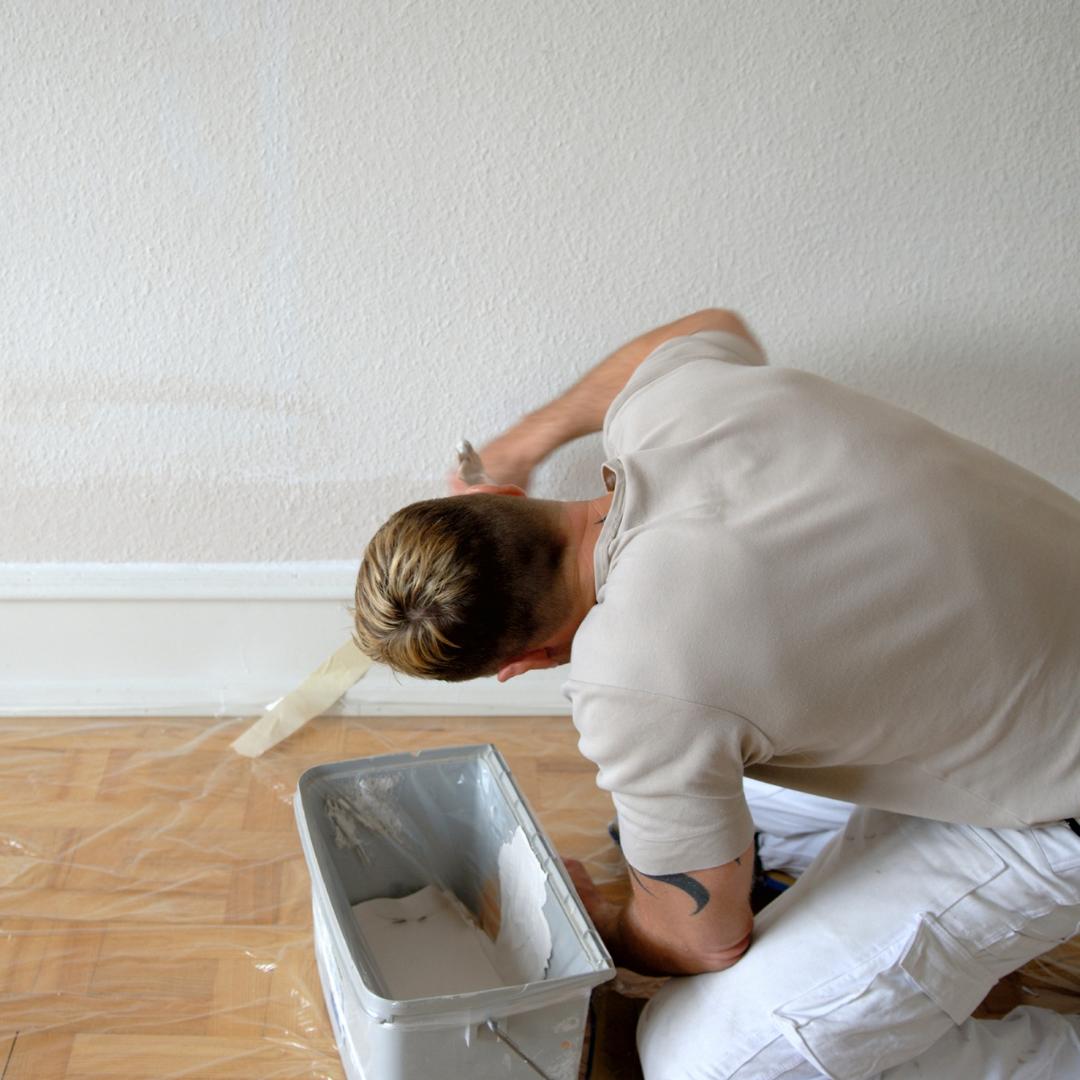
Can I paint the skirting boards with wall paint?
No. Well, surely you can do whatever you want, but we absolutely don't recommend using wall paint for your skirting boards. Here's why.
First of all, wall paint is just not designed to be applied onto wood or plastic. It will not just fall off, but it will definitely not be scratch resistant, etc. It will also get dirty fairly easily - think of black stripes - and will be nearly impossible to clean without damage.
It will also look and feel rough, which has multiple consequences. You'll experience a lot of streaking, whereas lacquers have a nice flow, which creates a smooth surface. Furthermore, as we've said before, skirting boards tend to catch a lot of dust. With a rough surface, it's even easier for all of that dust to adhere. And again, it'll almost be impossible to clean.
If you want your skirting boards to look identical to your wall, you'll need a primer (read more about which one under step 2) and a matte lacquer. Both can be mixed in the exact same colour as your wall (read more about that under step 3).
There. That was our plea to use the proper paint 😊 You can find our preferred paint choices below or browse through our water-based lacquers to find another suitable paint to your liking.
Ready to start painting?
In this video by Histor, you can see clearly how painting skirting boards works in each step of the process.


